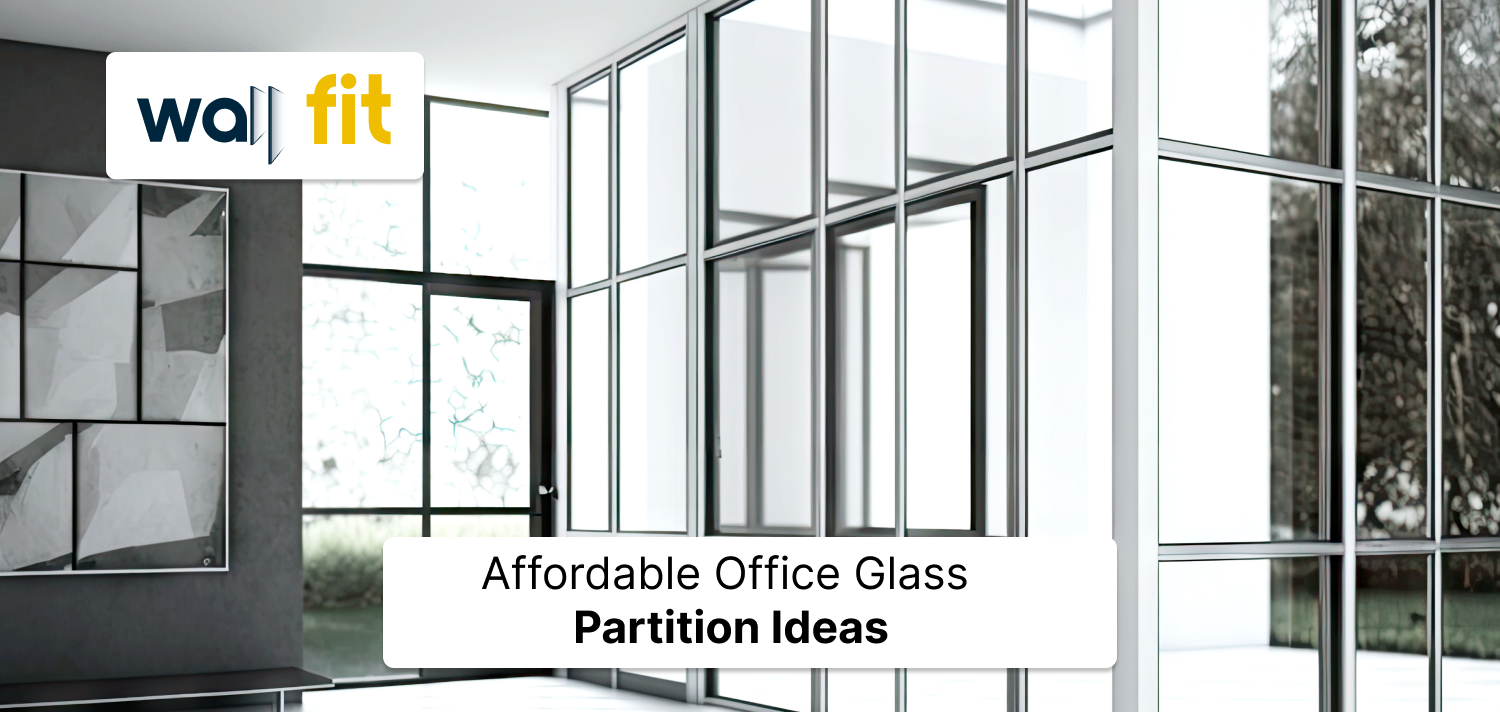
Install Your Glass Wall Partition Office the Easy Way
Home Complete Guide to Installing Glass Wall Partition Office Started With a Small Idea Rajesh was running a startup in
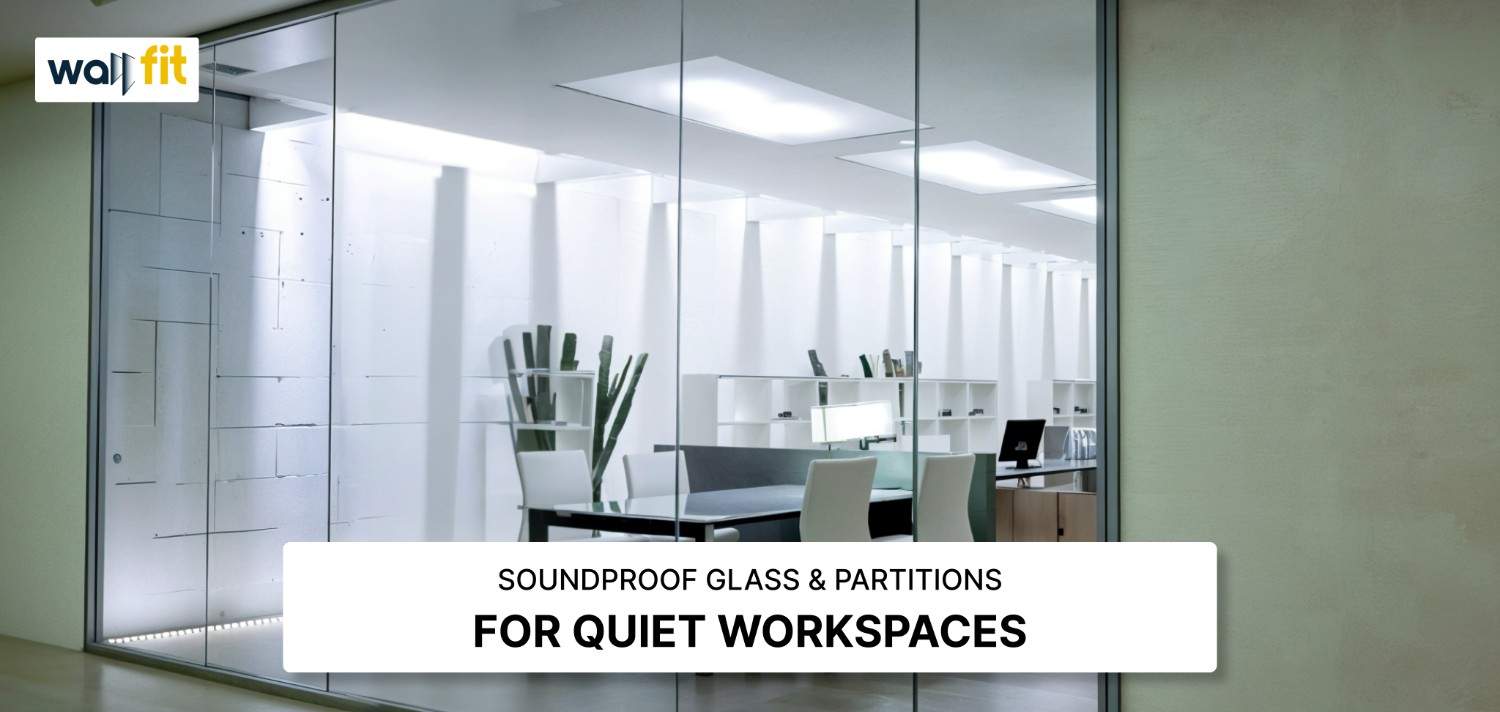
Glass office partitions look great and open up a workspace, but managing sound is a real challenge. Without proper soundproofing, noise can travel fast, breaking focus and making calls or meetings difficult to manage. If left unchecked, unwanted noise cuts into productivity and strains well-being.
Sound control matters more than ever as open designs become the norm. By using soundproof office partitions and soundproofing glass partitions, you can push back against daily workplace distractions. This article covers proven strategies to keep your office quieter, from smart partition choices to acoustic add-ons. For even more ideas that balance style and smart sound reduction, explore our guide on modern office glass partition for privacy.
Glass partitions are now a staple in many modern offices, delivering clear sightlines and letting in natural light. Yet, they often come with an acoustic tradeoff. These glass walls can help shape a more open, inviting layout, but they also make it easier for noise to travel from one space to another. Knowing how sound moves through glass and what factors impact noise in the office helps you plan for better soundproofing solutions.
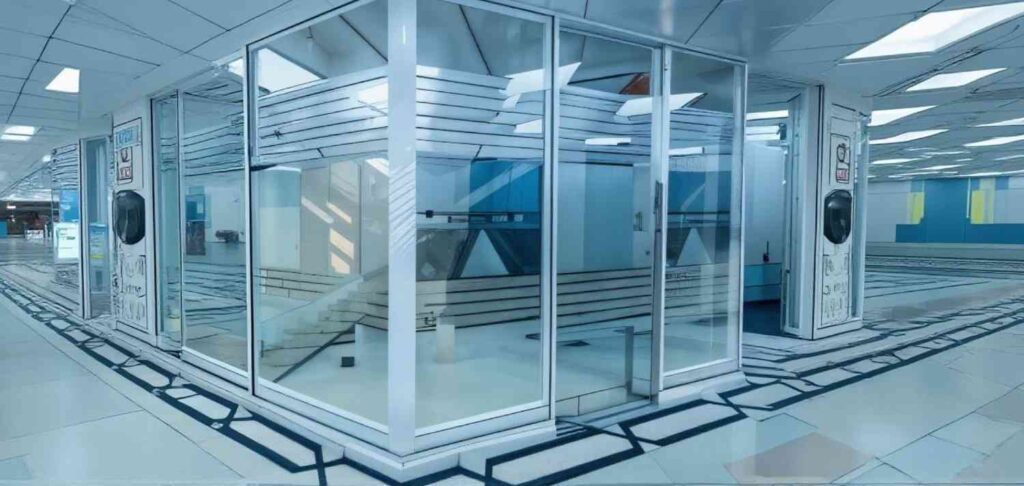
How Glass Partitions Affect Workplace Acoustics
Glass is a solid and continuous material, but it doesn’t absorb sound like fabric or a solid wall. Instead, it efficiently conducts noise, letting conversations, phone rings, or the sound of printers carry between spaces. Standard office distractions—think chatty coworker conversations, keyboard clatter, and hallway activity—move easily through glass.
This effect worsens in open designs, where glass partitions replace traditional walls. The challenges that follow include:
For more insight into the mechanics of sound movement in open offices, this detailed overview on glass office acoustic privacy explains how thoughtful partition layouts help reduce distractions.
Not all glass is equal when it comes to blocking sound. The type and thickness of the glass used in Soundproof Office Partitions are key factors in how much noise gets through.
Proper installation and quality edge seals make a difference too. Even the best acoustic glass won’t perform as expected if there are leaks where panels meet other surfaces. For a technical explanation on choosing glass types and maximizing sound insulation, see The Complete Guide to Commercial Glass Soundproofing.
Balancing the modern, open look with acoustic performance is possible. It’s about matching the right glass to the noise level of your workspace. For inspiration on merging acoustic goals with office aesthetics, check out these Best office glass partition design ideas.
To further explore which glass types work best for soundproofing, Soundproof Your Studio offers in-depth comparisons and real-world ratings.
Choosing the right soundproof office partitions means thinking about more than aesthetics—it’s about making sure your space stays both productive and private. The right combination of glass type, partition design, and installation method creates a strong barrier against unwanted noise. Here are the main types of partitions and how they can help create a quieter office, whether your workspace is fixed or ever-changing.
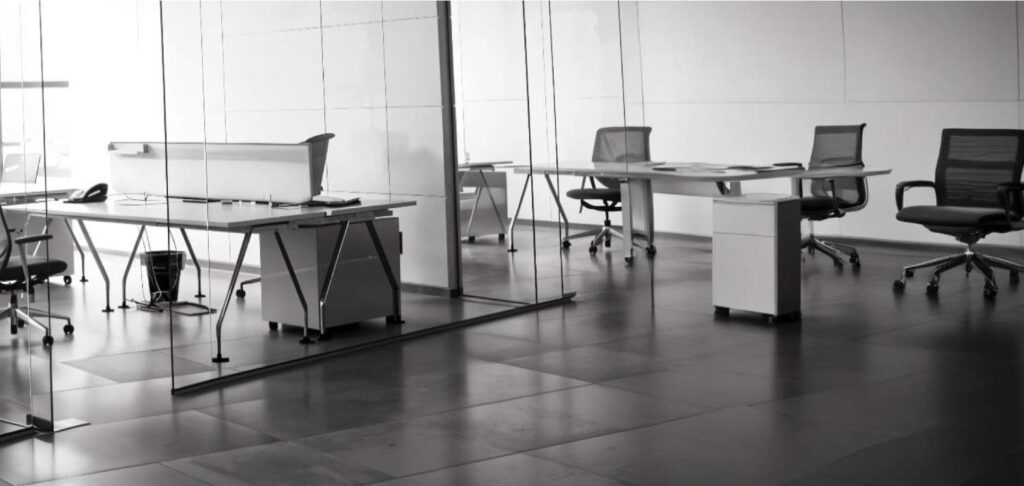
When it comes to glass partitions, the right glass matters. Let’s take a detailed look at your choices:
The choice depends on your office’s layout, the level of privacy needed, and your budget. For a deep dive into the science and installation know-how, see The Complete Guide to Commercial Glass Soundproofing and a practical overview in this acoustic glass partitions guide.
It’s important to remember: even the best glass will falter if edges and junctions aren’t properly sealed. High-quality seals and frames prevent leaks, keeping distractions out. Fixed, framed systems generally provide better sound isolation than frameless for this reason.
To stay updated on design and installation trends, the overview of Top 10 modern office glass partition trends highlights what’s working in today’s offices.
Large, open offices or spaces with soaring ceilings need more than typical wall-height partitions. High wall solutions and modular systems can help tackle noise on a bigger scale.
High wall partitions demand careful planning to avoid weak spots at intersections with the ceiling or building structure. Gaps or misalignment can undercut even the thickest glass.
To learn about the benefits and hidden perks of modular office walls, see Benefits of Modular Office Wall Systems and a summary of 5 Benefits of Glass Partition Walls. For further inspiration, review Best office glass partition design ideas.
For offices with frequent space changes or flexible teamwork setups, movable partitions and freestanding acoustic screens shine.
Movable solutions also help manage acoustics as team styles and project needs change, supporting both collaboration and privacy. Common solutions include acoustic panels, office screens, and mobile noise-reducing dividers—like the UPLIFT OneWall Mobile Acoustic Partition.
Movable and modular options build on the strengths of traditional soundproofing glass partitions, helping create an adaptable yet peaceful environment.
By weighing permanent and temporary systems, paying attention to quality sealing and installation, and mixing partition types, you can match your soundproofing to any office need. For more design inspirations and integration options, the internal guide on frameless glass partition systems dives further into the practicalities for modern workspaces.
Glass partitions set the scene for a modern office, but their acoustic performance has natural limits. To get the quiet workspace employees need, it pays to supplement Soundproof Office Partitions with extra strategies. Materials you put on the floor, ceiling, walls, or even in the air can all help cut down on noise that bounces off glass or sneaks around partition edges. By thinking beyond just the glass, you build a fuller soundproofing plan that also adds design interest and boosts employee comfort.
Floors and ceilings often get overlooked when planning for sound control, but they can make or break your acoustic goals. Glass surfaces reflect sound, making echoes and noise spills more pronounced in an open office. Strategic use of soft, absorbent materials helps offset this effect.
These solutions not only dampen noise but also make the workspace feel warmer and more inviting. Even small upgrades, like switching out a hard floor for soundproof flooring or acoustic underlay, can lower distracting noise and lessen the pressure on your glass partitions. A wide range of acoustic ceiling tiles and panels offer additional flexibility, with solutions for both new offices and retrofits.
When wall space is at a premium, or style matters, sound-absorbing paints and acoustic wall panels offer a discreet way to control noise spillover. They are a practical option for supplementing Soundproofing Glass Partitions without changing your design vision.
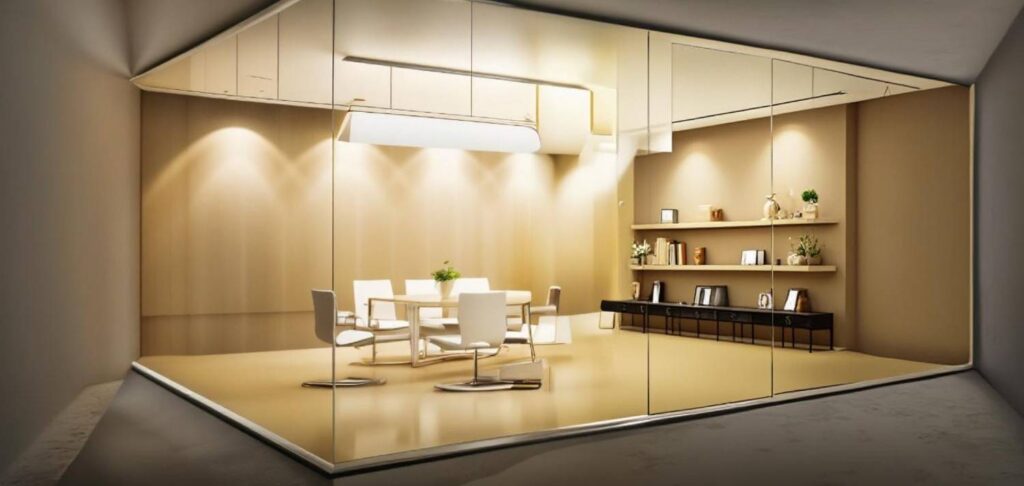
These treatments work especially well near glass partitions, where noise reflection is strongest. To integrate creative acoustic solutions that complement your space visually, consider also reviewing framed and frameless glass partition designs for the best balance of style and silence.
Nature isn’t just good for the eyes—it’s good for acoustics. Plants and biophilic design elements are compelling allies in the fight against office noise. Strategic placement of greenery disrupts sound waves, so they don’t bounce around glass and hard surfaces as much.
Green features silence echoes while offering a modern, lively alternative to traditional barriers. Natural absorption blends style, well-being, and acoustic comfort—a win for productivity and aesthetics alike.
Thinking beyond Soundproof Office Partitions creates quieter, more comfortable spaces that go far beyond what glass alone can achieve. For more on balancing privacy and openness, explore the best office glass partition design ideas.
Designing a truly effective workspace with Soundproof Office Partitions means looking past just the glass. A balanced office isn’t silent—it’s a place where focused work and idea-sharing both feel natural, thanks to acoustic variety. By carefully planning where different types of spaces are located and blending style with function, you can encourage productivity, privacy, and staff well-being—all within a visually engaging workplace.
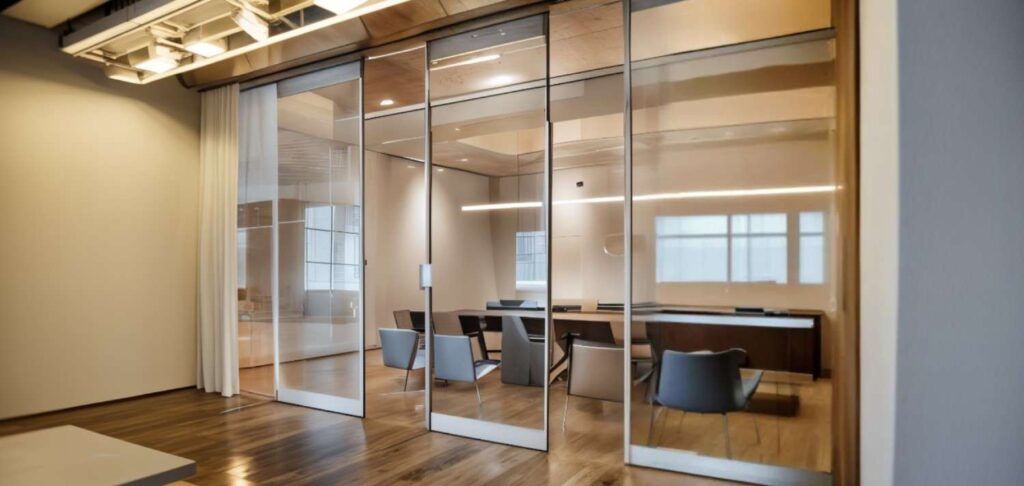
When it comes to creating the right sound environment, there’s no one-size-fits-all solution. Workplaces thrive when their layouts match the work being done. Zoning is key—this means separating areas for quiet focus, team collaboration, and confidential conversations. Each zone should support its unique acoustic needs without making the entire office feel boxed in or stuffy.
Good zoning is about flow and comfort. By mixing enclosed offices, open zones, and semi-private breakout spaces, your layout fosters both teamwork and deep work. Don’t forget: Over-soundproofing every corner may make the office feel tense or unnatural. Aim for a healthy balance, giving everyone spaces that fit their preferred work style. For more on balancing privacy and openness, review these Best office glass partition design ideas.
Office glass walls stand out for their clean lines and brightness. But style shouldn’t come at the expense of performance. There’s an art to merging an open, light-filled look with the strong sound insulation needed for productivity.
Smart design means choosing solutions that support both brand identity and the daily needs of employees. Light, air, and energy should flow alongside productivity. For creative inspiration with both form and function, have a look at these office wall partition design ideas.
Zoning and design balance help Soundproof Office Partitions do more than just fight noise—they help build a flexible, inviting workspace ready for any challenge. Pair this approach with classic acoustic upgrades to create an office environment where ideas (not distractions) move freely. For more practical applications of glass partition solutions, you can explore the real-world benefits of Glass Partition Walls for Offices.
Improved acoustic comfort starts with thoughtful choices in Soundproof Office Partitions and Soundproofing Glass Partitions. Each solution—from acoustic glass panels to well-sealed modular systems—supports a quieter, healthier environment where focus and collaboration can thrive. Addressing floors, ceilings, and creative zoning bridges the gap between open aesthetics and true workplace productivity.
Tailor your approach to your office’s own needs, blending glass partition systems with supportive sound-absorbing features for the best results. Explore more practical strategies in Best Office Design Ideas to find inspiration that suits your space.
The right combination leads to a workspace that feels open yet free of unwanted distractions, helping your team do their best work. Thank you for reading—share your soundproofing successes or challenges, and stay tuned for more ways to enhance your office with smart partition solutions.

Home Complete Guide to Installing Glass Wall Partition Office Started With a Small Idea Rajesh was running a startup in

Home Affordable Office Glass Partition Ideas A Report from a Bangalore Startup Office In 2023, Anil started a digital marketing
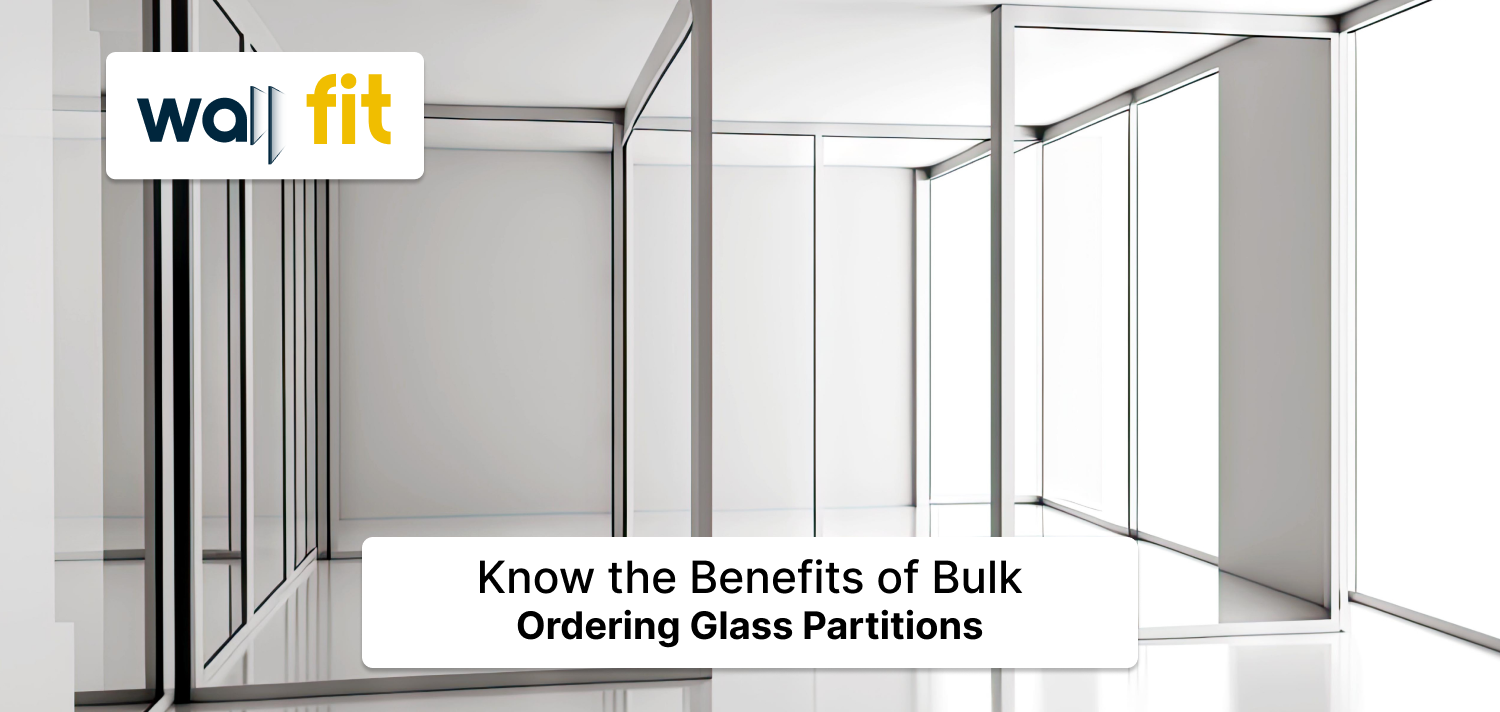
Home Bulk Purchasing Glass Partitions: Benefits and Considerations A Real Story from a Growing Business Ravi had just expanded his